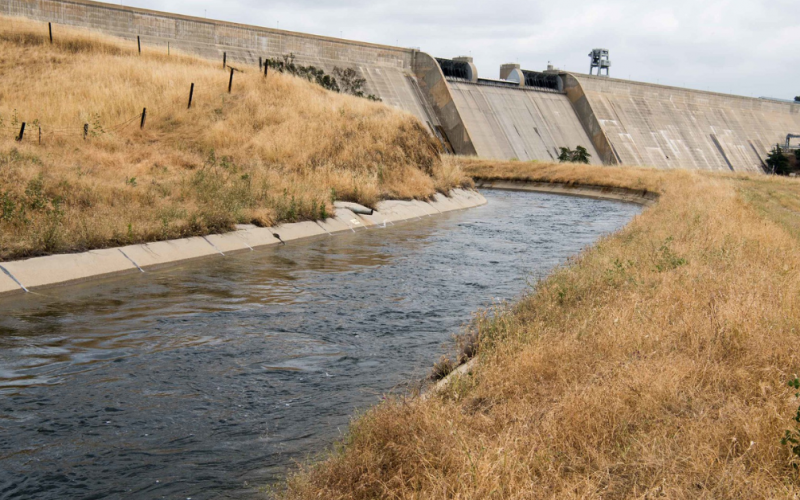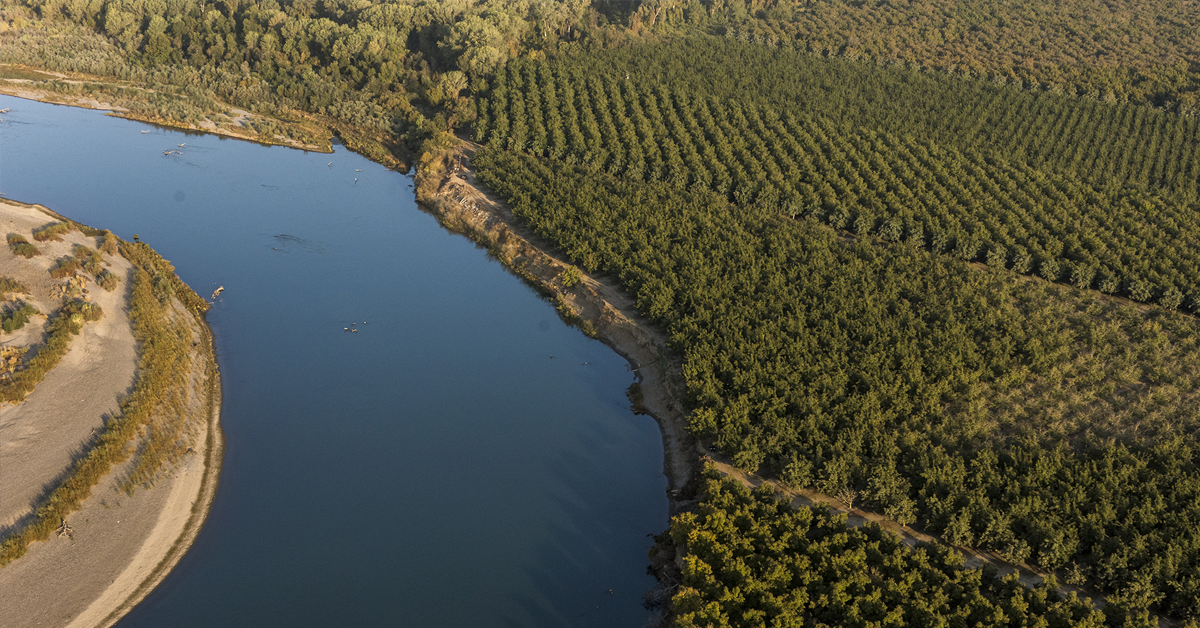A recent trip up Friant Rd. could have reached a surprising result once Millerton Lake was reached: a not-so-full reservoir after the torrential storms that battered California in the early part of the year.
That’s because the Bureau of Reclamation, which operates Friant Dam, has been releasing water at record levels in anticipation of the oncoming so-called “Big Melt.”
Friant Water Authority Chief Operating Officer Johnny Amaral spoke with The Sun for an upcoming episode of Sunrise FM to discuss the current state of Millerton Lake and the oncoming waterflow, in addition to a variety of other water issues.
The big picture: Millerton Lake can hold 520,000 acre feet of water, yet the region is bracing for a watershed of 3.5 million acre feet.
- As of May 11, Millerton Lake was only at 28 percent capacity with nearly 150,000 acre feet of water, a far cry from the nearly 400,000 acre feet of water that is typical for this time of year.
- With the expected 3.5 million acre feet of water coming down the Sierra Nevada mountains this summer – especially given the recent jump in temperatures, the Bureau of Reclamation released 9,000 cubic feet per second of water at a point last week. That’s about 16,000 acre feet of water in a single day.
- Notably, Friant Dam’s output channel is only rated to take 8,000 cubic feet per second, signaling the importance the Bureau of Reclamation is stressing to quickly make room for more water in Millerton Lake.
What we’re watching: As water flows into Millerton Lake, the spillways at Friant Dam might have to be activated.
- Spillways are a protective mechanism to control against a possible overflowing of the reservoir.
What they’re saying: Parts of Kings and Tulare Counties have been devastated by floods, with people forced to evacuate their homes. Amaral said the entire area along the San Joaquin River needs to be prepared as temperatures are now in the 90s.
- “Those are conditions that are ripe for a lot of water running off and into the rivers and creeks, so we’ll have to watch all of that very closely,” Amaral said. “Some of it when it gets to a certain point, it just becomes out of our control. So we have to manage it as best we can to minimize land impacts and of course and most importantly impacts to people.”
- Does he think the spillways will have to be activated?
- “The Bureau is doing, I would say, an excellent job of managing the reservoir to avoid that,” Amaral said. “If you look at the reservoir levels, right now it looks very very low, and that’s on purpose because they’re having to make room for all the inflow that’s coming in. They’re professionals there, they know what they’re doing. It’s a necessity what they’re doing just so that they stay in control of the reservoir.”











